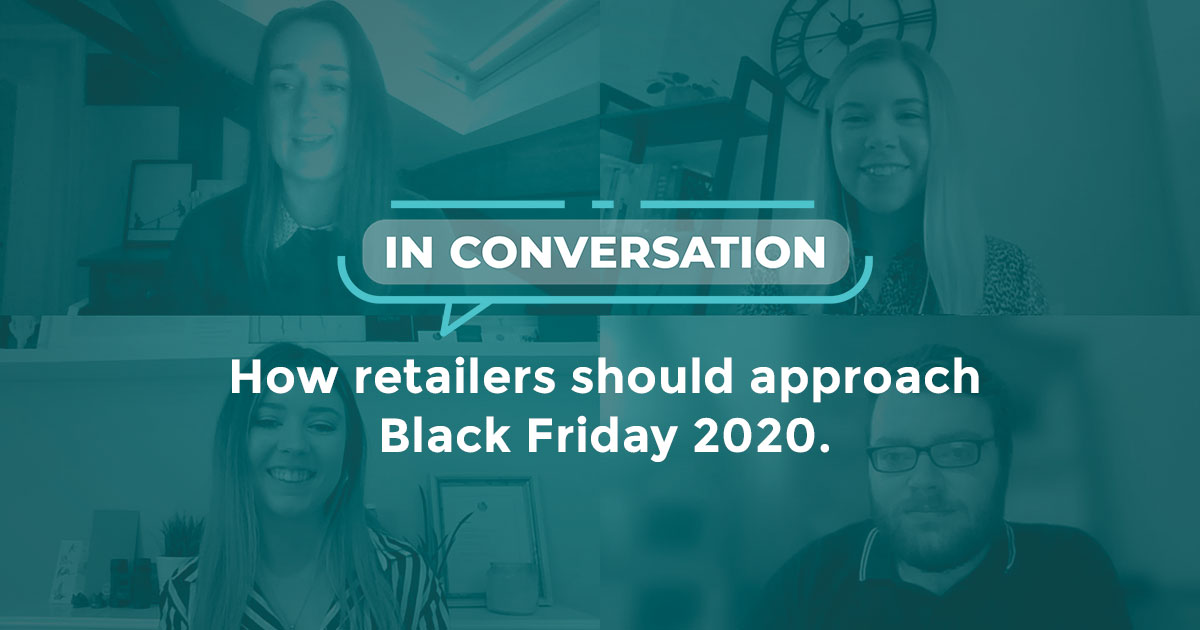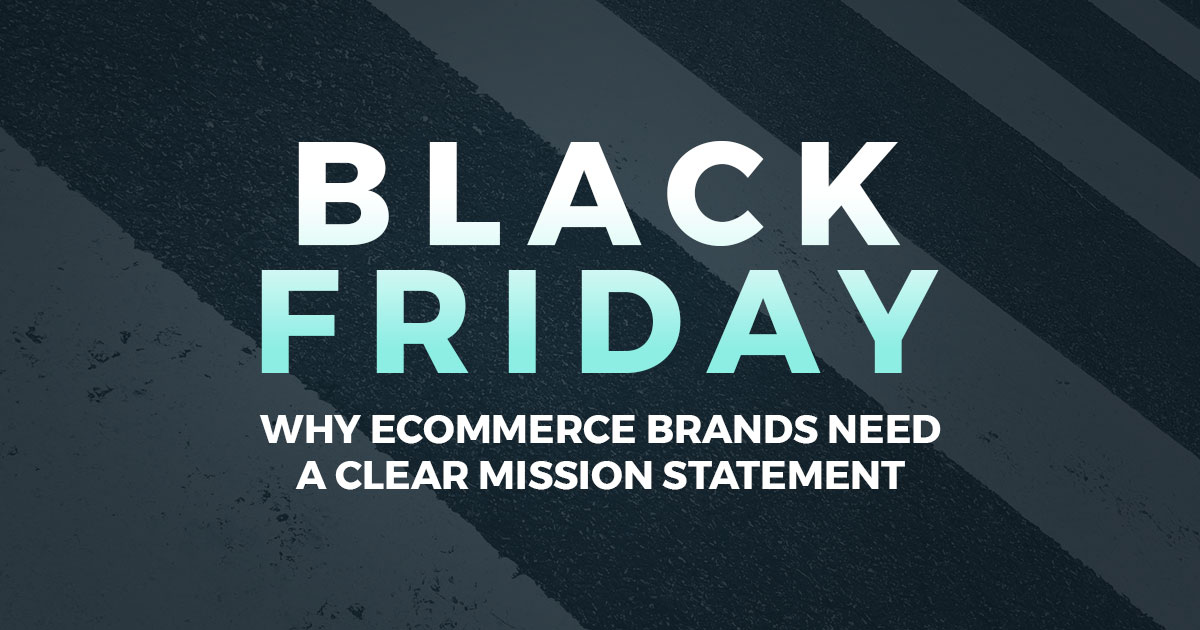
As we write this, non-essential retailers in most of the UK are in the midst of a month-long order to shutter their doors, with “stay at home” orders come in effect across most of the UK and, as we publish, no guarantee that those restrictions will be lifted once they are reviewed in early December. With that, any notion that this festive period will follow any sort of economic modelling or forecasting goes out of the window.
This festive period is one for which there is no precedent, no playbook and no way of really knowing how consumers are going to react to the environment that we find ourselves in. But we can look at what few certainties there are and what those certainties tell us about how brands, particularly in the retail sector, need to respond. So what do we actually know?
We know that in the immediate term at least, bricks and mortar retail effectively is closed for all but the relatively small number of retailers deemed to be selling essential goods. Whilst click and collect services are still permitted, the bulk of consumer spending for this important period, which includes the crucial Black Friday and Cyber Monday sales events, is going to be online.
We know that ecommerce brands, the British Retail Consortium and the UK online retail association, the IMRG, are all urging consumers to start their spending early this year. Whilst some of that might well be written-off to opportunism by a sector that would, of course, like us to start spending sooner, there are genuine concerns being raised about the ability of logistics networks and supply chains to keep up with demand. For anyone hoping to find a bicycle or laptop computer under the tree on December 25th, it might be worthwhile checking retail stock levels now, because they’re still recovering from March.
We also know that restrictions on travel and household gatherings means that the annual ritual of meeting up with family and friends in the run up to Christmas is, at best, severely hampered.
So we know that consumers are going to shift more of their spending to online, we know that they are being urged to start their spending earlier and we know that they are, at least for the next four weeks, going to find it much more difficult to get their gifts to their loved ones.
The power of gift wrapping
For the most part, online retail is associated with boxes of various shades of brown and beige. Rarely is there any mystery or mystique to the package as it arrives at the door of the recipient (who is almost always the purchaser).
But the retailers who win big in this Christmas period could be the ones who can deliver – and perhaps more importantly, promote – their gift-wrapping abilities.
Consider the consumer looking for gifts for loved ones who, due to current COVID-19 restrictions, may not be convinced that they will be able to get those gifts wrapped and delivered on to the intended recipients. There is an opportunity there for retailers to alleviate those fears and instead, offer the option of sending gift-wrapped purchases directly to the person they have been lovingly and thoughtfully bought for.
Google call-out extensions have given retailers the ability to push ‘USP’ services in their Google ad copy for some years. In most cases, this has seen retailers push benefits such as free next-day delivery, generous returns or price match policies or customer service benefits, but gift-wrapping is one that could prove to be a game changer in 2020.
Businesses with the capability to offer wrapping services might even want to give this feature greater real-estate on the search engine results page by incorporating it into Sitelink Extensions or even ad copy as an incentive to click on their ad rather than a competitors, although this should of course be weighed against current messaging. Successful Brands this year will strike a balance on their ad copy and sitelinks between transactional messaging (sales, promotions, product Lines…) and added value messaging (gift wrapping, warranty, free delivery, etc), combining both to deliver a powerful reason to click and purchase.
Optimise the check-out process
Whilst advertising value-add services, such as gift wrapping, is clearly part of the puzzle, it isn’t the full picture. Features like Google call-out extensions play an important role at the top of the funnel, there are important optimisations to the user experience that need to be considered throughout the customer journey.
Making the option of gift wrapping prominent on key customer pages and touchpoints needs to be a priority. If users had not initially planned on purchasing gift wrapping this is the best point to remind them. Make clear the benefits of adding gift wrapping (such as being able to deliver straight to the recipient, which the user may not be able to do due to COVID-19-related restrictions), and include the option to add gift wrapping within the basket or checkout process with a simple one-click call-to-action or checkbox.
Your consumers will appreciate the fact that it has taken them no time to find this feature for themselves, you could significantly improve your conversion rate and, if you chose to levy a charge for the service, doing so could increase average order values.
Steal a march on competitors with value-add services for the lockdown economy
Consumers don’t want to think about the idea that they might not be able to see their loved ones over the festive period, even if it is to drop off a car boot full of gifts, but it is unfortunately a prospect that cannot be discounted.
It creates a consumer problem that retailers have the potential to assuage with their ecommerce strategy and it will be the agile retailers, that can promote and deliver services that have been made much more valuable by the COVID-19 pandemic, that can steal a march on the competition.
Yes, for many retailers offering services such as wrapping will provide a logistical challenge – particularly when warehouse demand will be higher than normal, but it is equally a service that many retailers tend to offer without shouting about it.
If you are a retailer that can offer services that have added value in a COVID-19 lockdown, offer them. If you offer them, put that offer in your advertising. Consumers may not even realise that they need these services yet, but when that option is presented to them against a sea of other results offering little discernible difference in value, it might be the phrase that just tips that customer decision in your favour.
Don’t just compete on price, don’t just compete on availability and don’t just compete on delivery. Compete on those value-add elements that consumers may not realise they need yet, but are likely to become massively important in this most different of years.


